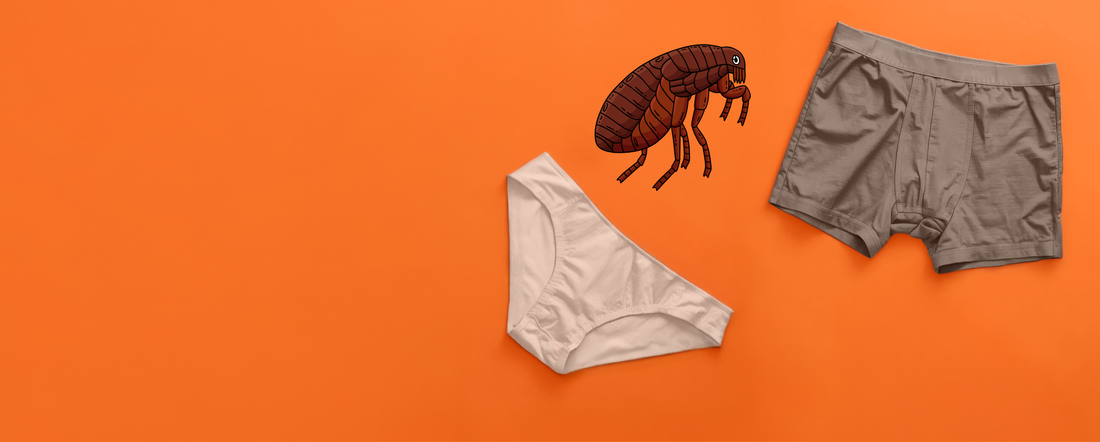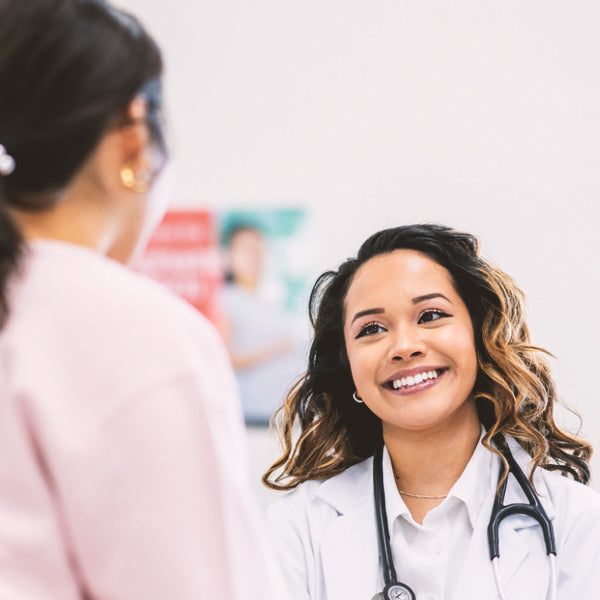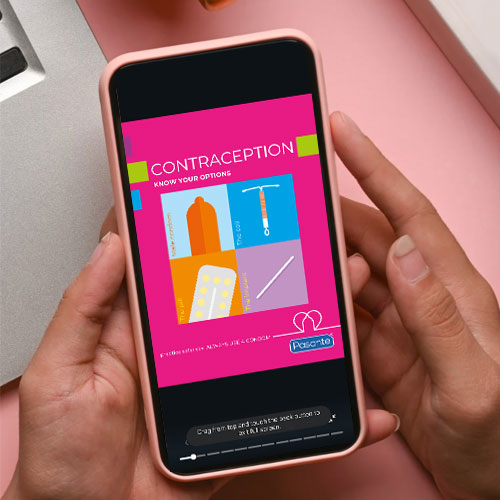
What are Pubic Lice?
Share
Pubic Lice, also known as “crabs”, are a sexually transmitted infection where small insects live on the pubic hair, especially around the vagina and penis. They can’t jump or fly, but they can crawl from hair to hair during close contact, unprotected sex, foreplay, sharing sex toys or via oral sex. Although this sexually transmitted infection is becoming less common in the UK, due to the increase of waxing or shaving, 2% of people worldwide are still affected by it.
Let’s find out more about pubic lice symptoms, treating and testing as well as how to protect yourself from sexually transmitted infections.
What are the symptoms of Pubic Lice?
Symptoms of Pubic Lice usually manifest as small, (approximately 2mm long) lice that are grey/brown in colour. They can be difficult to spot, but they can look like small black dots. “Crabs” often live on pubic hair around the penis or vagina, but can also be found on the chest, armpits, face and eyelashes.
As well as visually seeing lice, you may also experience;
- Itching, which becomes worse at night
- Irritated skin - caused by scratching
- Lice poo: dark red or brown spots in your underwear
- Lice eggs: white / yellow dots attached to your hair
- Lice bites: small red or blue bumps on your skin
- Crusty or sticky eyelashes
How is Pubic Lice diagnosed?
If you suspect you have pubic lice or “crabs”, you can purchase treatment directly from a pharmacy. Alternatively, you can go to a doctor or sexual health clinic, where they will examine you to diagnose it and they might pick off the insects to look under a microscope.
What is the treatment for Pubic Lice?
Treatment for Pubic Lice or “crabs” is quick and simple. You can buy an insecticide cream, lotion or shampoo - such as Lyclear, available from the chemist. You don’t need to see a doctor to get the prescription, unless you have lice in your eyelashes, but it might be a good idea to also get a sexual health screen, as pubic lice are a sexually transmitted infection.
The treatment is usually applied to the affected areas as well as other hairy areas of the body - there are some treatments that can be applied to the whole body. Some treatments are only left on for 10-15 minutes before being rinsed off, while others are left on a little longer. You will probably need to repeat treatment after 3-7 days.
Wash all clothes, towels and bedding at the hottest temperature you are able too, and hoover your bedding. Any sexual partners will also need treatment.
How can I prevent spreading Pubic Lice?
Although condoms protect you from catching sexually transmitted infections, they don’t protect you from pubic lice, as ‘crabs’ live in your pubic hair. So, it’s important you get treatment as soon as you first notice them, so you can prevent spreading pubic lice. Do not have any close physical contact with anyone, including sexual contact, whilst you are going through treatment.
Also, do not share clothes, bedding or products like razors.
How do I protect myself from catching other sexually transmitted infections?
Condoms! Condoms reduce the risk of catching sexually transmitted infections by preventing any sexual fluids from being transferred. Using a condom (or dam) every time you have vaginal, anal or oral sex reduces the risk of contracting an STI. We have a wide variety of condoms available from regular, king, super king or trim as well as flavoured and fun condoms so there’s plenty of variety available. We also have latex free for those that have a latex allergy, internal condoms as well as dams.
Open this link 'in a new window' here What type of condom should I buy?
As well as ensuring you or your partner wear condoms, getting a sexual health screen on a regular basis (we recommend annually or on change of a sexual partner) will help reduce the risk of catching and passing the infection on.



